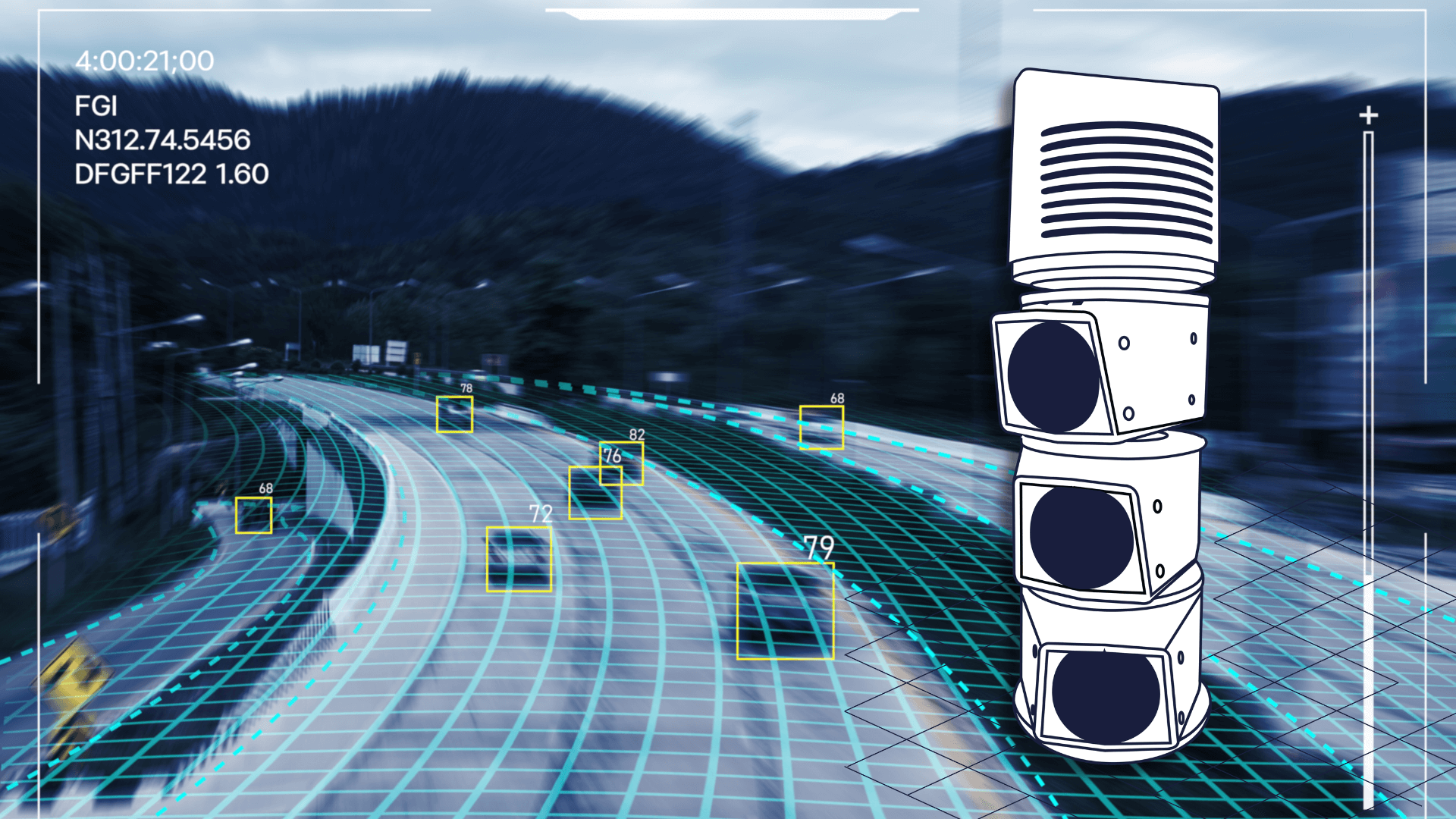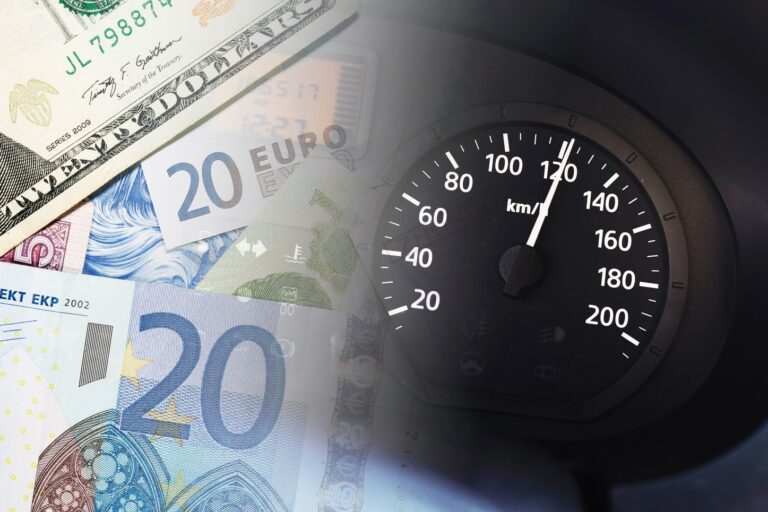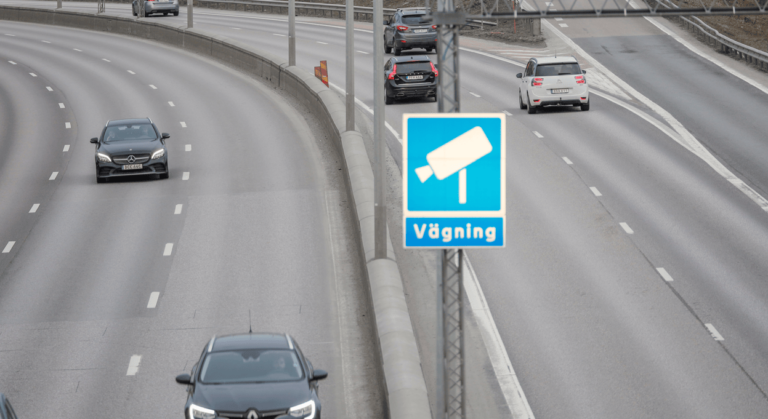Automated Traffic Enforcement (ATE) systems have been gaining traction worldwide as an effective tool to improve road safety and reduce traffic violations. However, despite their proven benefits, many misconceptions about ATE still persist. Let’s address and debunk ten common myths about these systems to better understand their role in modern traffic management.
Myth #1: ATE Systems Are Just a Cash Grab
Debunked: The primary goal of ATE systems is to improve road safety, not generate revenue. Studies have shown that jurisdictions implementing ATE see significant reductions in speeding and red-light violations, leading to fewer crashes, injuries, and fatalities. Revenue generated from fines is often reinvested into road safety initiatives, education programs, and infrastructure improvements.
Myth #2: ATE Systems Violate Privacy Rights
Debunked: ATE systems only capture images and video of vehicles that commit traffic violations. These systems are designed to protect driver privacy by avoiding personal details such as facial recognition. The focus is on vehicle license plates to ensure enforcement is fair and accurate.
Myth #3: They Are Inaccurate and Unreliable
Debunked: Modern ATE systems use high-precision sensors, tracking radar, scanning LiDAR and intelligent image processing to ensure accuracy. Before citations are issued, all violations are manually reviewed to eliminate errors. Studies indicate that ATE systems have a high level of reliability, often exceeding the accuracy of human-operated enforcement.
Myth #4: ATE Systems Increase Rear-End Collisions
Debunked: While some studies have noted a short-term increase in rear-end collisions at newly enforced intersections, overall crash rates, including severe and fatal accidents, decrease significantly. Drivers quickly adapt to safer behaviors, leading to long-term reductions in crashes and injuries.
Myth #5: They Are Only Used in Large Cities
Debunked: While major cities often implement ATE due to higher traffic volumes, these systems are also used effectively in small towns, school zones, and rural areas. Communities of all sizes benefit from reduced speeding and improved compliance with traffic laws.
Myth #6: ATE Fines Are Unfair or Excessive
Debunked: ATE fines are typically set at the same rates as those issued by police officers. Automated enforcement ensures consistent, unbiased application of traffic laws. Additionally, many jurisdictions offer warnings for first-time violations or options for drivers to contest tickets. To promote social equity, some cities have also implemented income-based fine structures and alternative payment plans, ensuring that penalties do not disproportionately burden lower-income drivers.
Myth #7: Police Officers Are More Effective
Debunked: ATE systems supplement, not replace, police enforcement. They allow law enforcement officers to focus on more critical safety duties, such as impaired or reckless driving. Additionally, automated enforcement provides 24/7 monitoring, which is not feasible with human officers alone.
Myth #8: Drivers Can Easily Avoid Detection
Debunked: ATE systems are strategically placed in high-risk areas to maximize effectiveness. Cutting-edge technologies such as tracking radar and scanning LIDAR ensure vehicles cannot evade detection by simply slowing down before a camera and then speeding up afterward.
Myth #9: ATE Systems Are Unpopular and Ineffective
Debunked: Public opinion surveys consistently show that most people support ATE, especially in school zones and high-crash areas. For example, a Research Co. Poll* conducted in September 2022 found that 76% of drivers in British Columbia, Canada, approved of using fixed speed cameras. Additionally, 72% supported speed-on-green intersection cameras, and 66% were in favor of mobile speed cameras. A 2022 poll conducted by Transportation Alternatives and Siena College Research Institute** revealed that over 75% of New York City voters supported expanding the city’s speed safety camera program within school zones. Support remained strong at 60% for extending camera use beyond school zones. Public approval tends to further increase after ATE implementation once communities see reductions in crashes and fatalities.
Myth #10: ATE Systems Are Only About Speeding and Red Lights
Debunked: While speed and red-light enforcement are the most common applications, modern ATE systems can also detect other violations, such as illegal turns, blocking intersections, and failure to yield to pedestrians. Technology is currently expanded to detect distracted driving such as texting or failure to wear a seatbelt.
Automated Traffic Enforcement systems undoubtedly play a vital role in promoting safer roads, reducing traffic violations, and saving lives. While myths and misinformation still persist, the reality is that ATE systems are highly effective, fair, and beneficial for communities. Public agencies and governments considering ATE implementation can confidently move forward knowing these systems are backed by data-driven results and strong public safety objectives.






